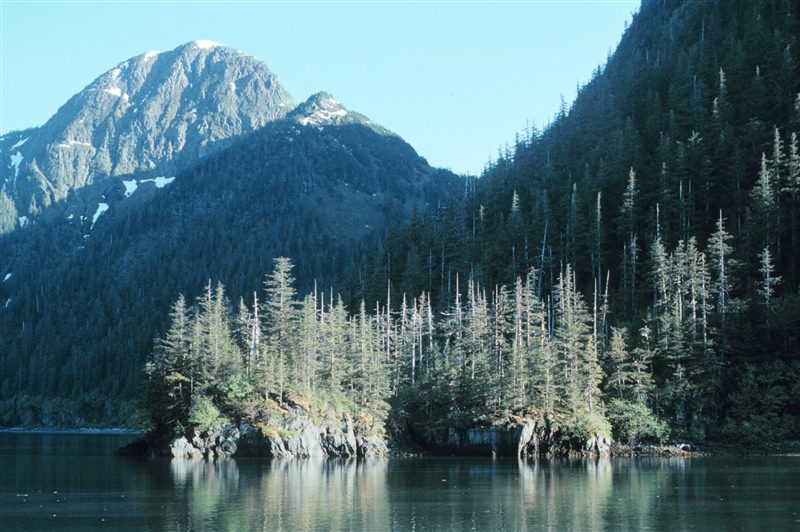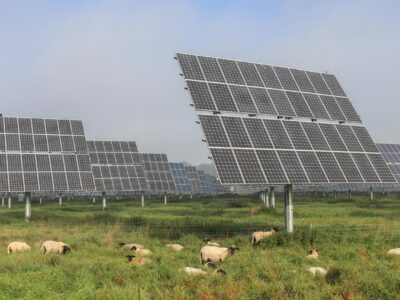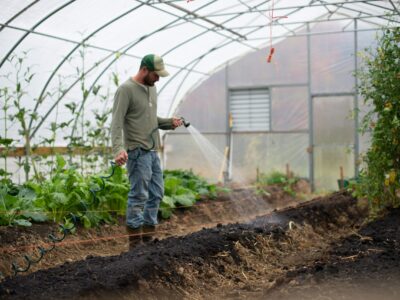When people think of the term “career resurgence,” the first industry that often comes to mind is Hollywood. Many of us are drawn to the stories of bright new acting talents who hit it big and fall a bit out of favor with casting directors. Eventually, they remind the world of their abilities by knocking it out of the park on a small project with an unproven but visionary director.
While this description parallels the story of someone like John Travolta with “Pulp Fiction,” the same can be said about many names held in high consideration, like Robert Downey Jr., Burt Reynolds, or Marlon Brando. Name a decade, and there was a story of some out-of-favor former great attempting to rehabilitate their career.
Though usually limited to Hollywood actors — or more broadly, human beings — other things have seen their form of resurgence. This rebirth is especially true for consumable items. Foods like brussels sprouts, which for decades wallowed in the section of culinary last resort along with turnips and radishes, are now front and center in the appetizer sections of steakhouse menus around the U.S.
Even alcohol, relied on for millennia as a tried-and-true way to decompress, was outlawed by the U.S.for 13 years from 1920–1933. Now, a common underwater plant, already considered great for sushi restaurants and spa treatments, is finding time for a sustainability-based resurgence of its own. Kelp has emerged as a bonafide agricultural product, and aquaculture-heavy states like Alaska are here to take it to that level.
Kelp’s numerous benefits have been covered extensively at this point. Seaweed has been used for years at spas worldwide, utilizing the plant’s skin-friendly properties to give clients a youthful look and feel. It’s also used as food, both as a “wrap” and in additives like agar and carrageenan.
However, kelp has other major advantages in improving the health of a surrounding ecosystem. The plant can trap significant amounts of carbon dioxide, using photosynthesis to convert the gas into oxygen. In waters with high CO2 levels and the resulting acidification, kelp farms can help reverse both effects.
The crop’s status as an underwater plant also presents a significant advantage over other carbon-sequestering ones.
The National Oceanic and Atmospheric Administration (NOAA) states that coastal wetland ecosystems sequester carbon at 10 times the annual rate of tropical forests, with the ability to store as much as five times as much carbon per equivalent area in other biomes.
That potential is part of why kelp advocates say the industry has found a perfect marriage in Alaska. The once-thriving Prince William Sound has been reeling from the disastrous effects of the 1989 Exxon Valdez oil tanker spill. Decades of cleanup operations have left organizers puzzled over approaches to rebuilding the once-great ecosystem, with some cleanups creating greater damage. Kelp’s sequestration properties, which include the ability to parse out metals and other contaminants automatically, give a degree of hope to the Sound not seen in a long time.
It hasn’t been all smooth sailing yet for Alaska. There’s still at least two years of administrative backlog before new farmers can have their permits approved and mountains of additional paperwork to complete before the t’s are truly crossed. And while kelp farming requires fewer resources in general than traditional agricultural operations, the added underwater factor makes processes like harvesting and the initial planting extremely labor-intensive for many Alaskans.
Still, officials like Cathy Renfeldt, Cordova Chamber of Commerce executive director, say the state is the place to be for seaweed. “When we look at our economy and our industry, and the strengths we have here — the landscape, the skillset of the people, the infrastructure we have built here, mariculture makes a lot of sense,” she said to The Cordova Times.





